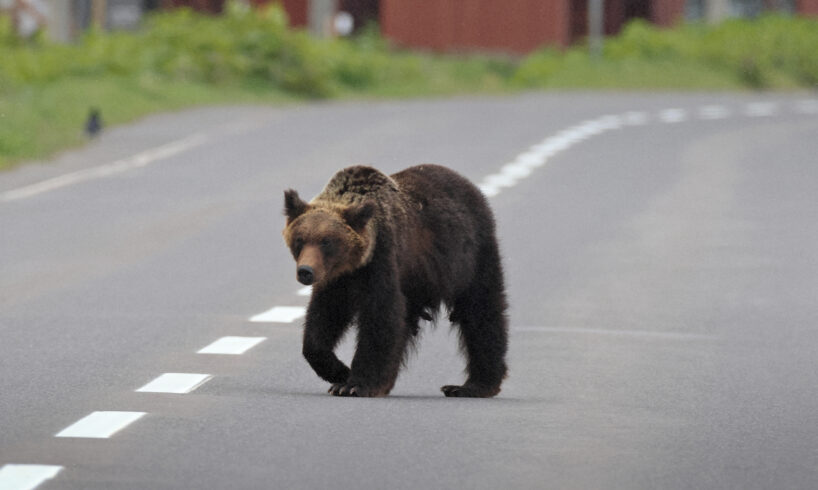
Japan is facing an unprecedented rise in bear attacks, with fatalities and encounters reaching record highs this year. According to the Environment Ministry, ten people have been killed by bears since April — the highest number since records began in 2006. Over 100 people have been killed or injured in the same period, with the most severe cases concentrated in northern regions such as Akita, Iwate and Fukushima Prefectures.
The most recent fatal attack occurred last Friday in Higashinaruse Village, Akita Prefecture, where a 38-year-old man was killed. NHK reports that at least 78 people have been involved in bear attacks so far this month alone, surpassing the previous record of 73 incidents in 2023.
Experts point to multiple causes behind the surge. A poor harvest of beech nuts and acorns, which are key food sources for bears, has driven them out of forests and into residential areas in search of food. Climate change may also be playing a role, as warmer winters delay hibernation periods and increase bear activity. Meanwhile, rural depopulation and the abandonment of farmland have blurred the boundaries between wilderness and human settlements, creating easier pathways for bears to enter towns and villages.
Japan Considering Military Deployment
Akita Governor Kenta Suzuki has said the prefecture may request the deployment of Self-Defense Forces (SDF) troops to deal with the escalating situation, describing it as “beyond what the prefectural and municipal governments can handle.” Suzuki announced plans to visit Tokyo’s Defense Ministry to formally make the request.
The move would mark a rare step in Japan, where wildlife control typically falls under local or prefectural jurisdiction. However, the scale of recent attacks has prompted nationwide concern. Authorities are now increasing patrols and awareness campaigns as the autumn foliage season draws tourists to mountainous areas — regions where bears are most active.
Environment Minister Hirotaka Ishihara called the spike in attacks a “serious problem,” pledging to train more licensed hunters and improve bear population management. But many local governments face a shortage of experienced hunters, compounding the difficulty of responding to sightings and attacks.
How To Stay Safe Against Bear Attacks
As encounters grow more frequent, authorities and researchers are urging the public to stay alert and follow safety guidelines. Experts advise avoiding eye contact and sudden movements if a bear is encountered, and backing away slowly without turning one’s back. Running or climbing trees should be avoided, as bears are faster and more agile.
If an attack seems unavoidable, lying face down and using one’s hands to protect the head and neck can reduce the severity of injuries, according to a recent Akita University study. Preventive measures include carrying a bell or whistle when hiking, traveling in groups and avoiding dawn or dusk walks, which is when bears are most active.
Pepper spray remains the most effective deterrent, though it is not widely available in Japan. Some stores in northern prefectures have started renting sprays and selling bear bells amid soaring demand.
With an estimated 44,000 Asian black bears and 12,000 brown bears across the country, coexistence will require both vigilance and adaptation. As Japan enters late autumn, when bears are most active before hibernation, residents and visitors alike are being urged to take extra precautions in forests, farmlands and even suburban areas.
Related Posts
Discover Tokyo, Every Week
Get the city’s best stories, under-the-radar spots and exclusive invites delivered straight to your inbox.





